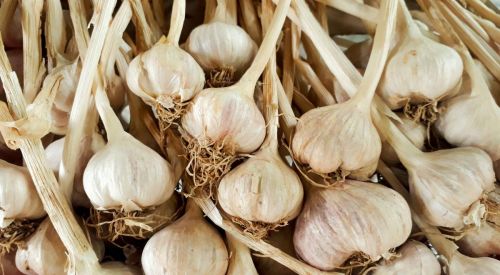18 facts about pears
Pears are a typical late summer and early autumn fruit with very juicy flesh and distinctive hard lumps called stone cells. In addition to being consu ...
Pumpkin is a delicious, nutritious vegetable, and the undisputed symbol of fall. It is an indispensable attribute of the American holiday Halloween.












